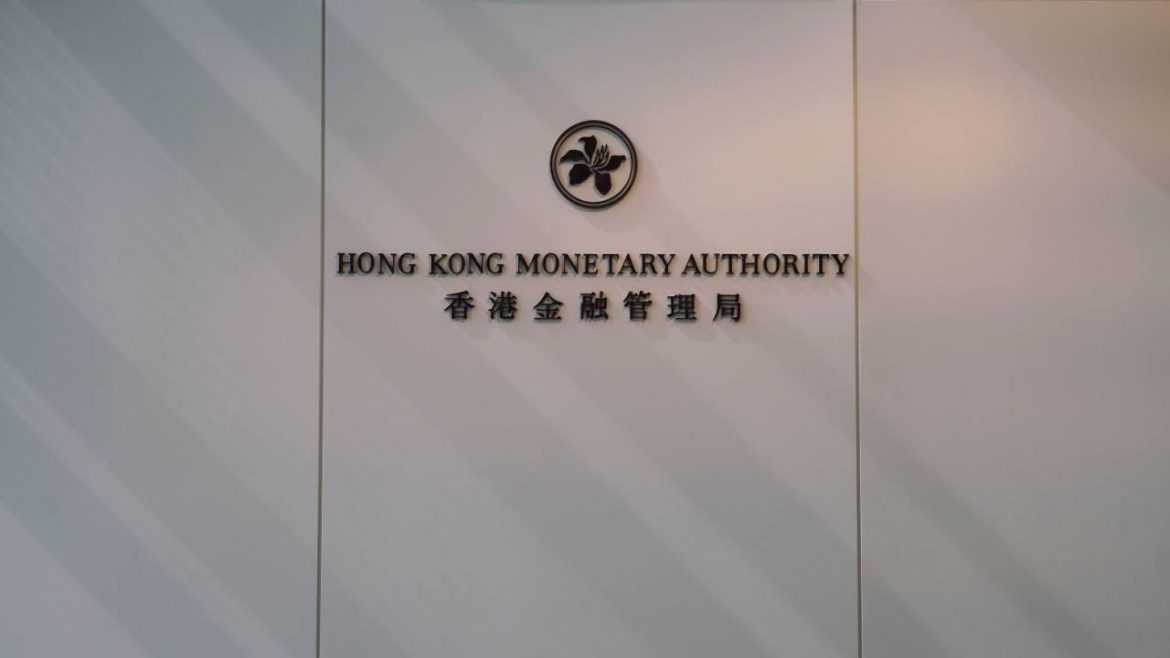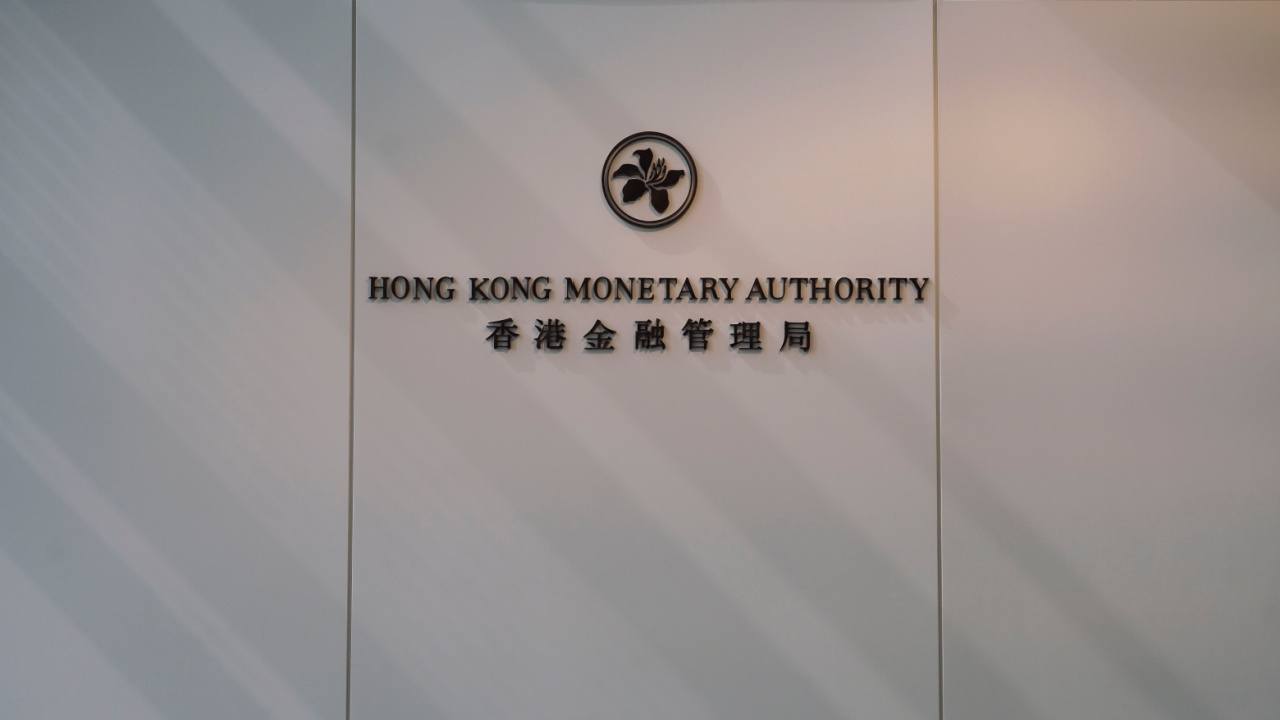Hong Kong’s Stablecoin Revolution: A Detailed Analysis of the New Regulatory Landscape
Introduction
Hong Kong’s financial sector is undergoing a transformative shift with the introduction of the Stablecoins Ordinance (Cap. 656), effective from August 1, 2025. This landmark legislation establishes a robust regulatory framework for fiat-referenced stablecoins (FRS), positioning Hong Kong as a global leader in digital asset innovation. The ordinance balances the need for financial stability and consumer protection with the potential for technological advancement, setting a precedent for other jurisdictions worldwide.
The Stablecoins Ordinance: Key Provisions and Implications
The Stablecoins Ordinance is a comprehensive piece of legislation designed to address the unique challenges posed by stablecoins. These digital assets, pegged to fiat currencies like the US dollar or Hong Kong dollar, have gained significant traction in recent years. The ordinance introduces a licensing regime for FRS issuers, ensuring that these entities operate within a structured and supervised environment.
Licensing Regime
The core of the ordinance is the mandatory licensing requirement for all FRS issuers. The Hong Kong Monetary Authority (HKMA) will oversee this process, evaluating applicants based on their financial soundness, business plans, and technological capabilities. This rigorous assessment ensures that only competent and reliable entities are granted licenses, thereby enhancing consumer trust and market stability.
Supervisory Scope
The HKMA’s supervisory role extends throughout the lifecycle of stablecoins, from issuance to redemption. Regular audits and monitoring of reserves are mandatory, ensuring transparency and accountability. This proactive approach helps mitigate risks such as financial instability and consumer harm, which have been significant concerns in the digital asset space.
KYC and AML Requirements
To combat money laundering and terrorist financing, the ordinance mandates stringent Know Your Customer (KYC) and Anti-Money Laundering (AML) procedures. Financial institutions must verify customer identities and monitor transactions, with heightened scrutiny for operations exceeding $8,000. These measures align with international standards, reinforcing Hong Kong’s commitment to financial integrity.
Reserve Requirements
A critical aspect of the regulatory framework is the requirement for stablecoin issuers to maintain adequate reserves. These reserves must be held in highly liquid assets, such as cash or government bonds, and are subject to regular audits. This ensures that stablecoins are fully backed, reducing the risk of devaluation and enhancing investor confidence.
Marketing and Distribution
The ordinance also regulates the marketing and distribution of stablecoins, prohibiting misleading or deceptive advertising practices. Issuers must provide clear and comprehensive information to potential investors, ensuring that consumers are fully aware of the risks associated with stablecoins. This transparency is crucial for fostering a trustworthy and sustainable digital asset ecosystem.
Impact on Issuers and Distributors
The Stablecoins Ordinance has profound implications for stablecoin issuers and distributors operating in Hong Kong. While the regulatory framework introduces new compliance costs and operational challenges, it also presents significant market opportunities.
Compliance Costs
The licensing and regulatory requirements will impose substantial compliance costs on stablecoin issuers. These costs include obtaining a license, maintaining adequate reserves, implementing KYC/AML procedures, and undergoing regular audits. Smaller issuers may find it challenging to meet these requirements, potentially leading to market consolidation.
Operational Adjustments
Issuers will need to adjust their operational processes to comply with the new regulatory framework. This includes implementing robust risk management systems, enhancing cybersecurity measures, and establishing clear redemption policies. These adjustments are essential for ensuring the long-term viability and success of stablecoin issuers in Hong Kong.
Market Opportunities
Despite the compliance challenges, the Stablecoins Ordinance presents significant market opportunities for licensed issuers. By operating within a regulated framework, issuers can gain the trust of investors and attract institutional capital. This could lead to increased adoption of stablecoins for various use cases, such as payments, remittances, and decentralized finance (DeFi).
Distributor Responsibilities
Distributors of stablecoins, including exchanges and over-the-counter (OTC) trading platforms, will also be subject to regulatory requirements. They must ensure that they are only offering stablecoins issued by licensed entities and that they comply with KYC/AML procedures. This ensures a level playing field and enhances the overall integrity of the digital asset market.
The Broader Implications for Hong Kong’s Digital Asset Ecosystem
The Stablecoins Ordinance is not just about regulating stablecoins; it is about positioning Hong Kong as a leading hub for the broader digital asset ecosystem. The ordinance aims to attract investment, promote innovation, and enhance competitiveness in the global digital asset space.
Attracting Investment
By establishing a clear and comprehensive regulatory framework, Hong Kong aims to attract investment from both domestic and international players in the digital asset space. This includes attracting stablecoin issuers, exchanges, and other service providers to set up operations in the region. The ordinance provides a stable and predictable environment for these entities to thrive.
Promoting Innovation
While the regulatory framework is designed to mitigate risks, it also aims to promote innovation in the digital asset space. The HKMA has indicated that it will adopt a flexible and pragmatic approach to regulation, allowing for experimentation and innovation while ensuring that consumer protection and financial stability are not compromised. This balance is crucial for fostering a vibrant and dynamic digital asset ecosystem.
Enhancing Competitiveness
Hong Kong faces increasing competition from other jurisdictions, such as Singapore and Dubai, which are also vying to become digital asset hubs. The Stablecoins Ordinance is a key step in enhancing Hong Kong’s competitiveness in this space by providing a clear and predictable regulatory environment for stablecoins. This competitive edge is essential for attracting and retaining top talent and investment in the digital asset sector.
Interoperability
One key consideration is the interoperability of Hong Kong’s stablecoin regime with other jurisdictions. As stablecoins are often used across borders, it is important to ensure that the regulatory frameworks are aligned to facilitate cross-border transactions and prevent regulatory arbitrage. The HKMA is actively working with other regulators to address these challenges and promote global cooperation.
Future Considerations and Potential Amendments
While the Stablecoins Ordinance represents a significant step forward, there are several areas that may require further consideration and potential amendments in the future.
Scope of Regulation
The current ordinance primarily focuses on fiat-referenced stablecoins. However, there are other types of stablecoins, such as crypto-backed stablecoins and algorithmic stablecoins, which may also pose risks to the financial system. The HKMA may need to consider expanding the scope of regulation to cover these types of stablecoins in the future.
Custody and OTC Services
The HKMA anticipates further consultations on stablecoin custody and over-the-counter services. These consultations will be critical in shaping the practical operation of Hong Kong’s stablecoin regime and its impact on the broader virtual asset market. Clear guidelines in these areas will enhance market efficiency and reduce regulatory uncertainty.
Technological Developments
The digital asset space is constantly evolving, with new technologies and business models emerging all the time. The HKMA will need to stay abreast of these developments and adapt its regulatory framework accordingly to ensure that it remains relevant and effective. This proactive approach is essential for maintaining Hong Kong’s position as a global leader in digital asset innovation.
International Cooperation
Given the global nature of digital assets, international cooperation is essential to ensure effective regulation. The HKMA should work with other regulators around the world to share information, coordinate regulatory approaches, and address cross-border risks. This collaboration will enhance the overall stability and integrity of the global digital asset ecosystem.
Conclusion: A New Era for Digital Assets in Hong Kong
Hong Kong’s Stablecoins Ordinance marks the dawn of a new era for digital assets in the region. By establishing a comprehensive regulatory framework for stablecoins, Hong Kong is not only mitigating risks but also positioning itself as a global hub for innovation and investment in the digital asset space. While challenges remain, the proactive approach taken by the HKMA demonstrates a commitment to fostering a vibrant and sustainable digital asset ecosystem in Hong Kong. The world will be watching closely as this experiment unfolds, eager to see how Hong Kong navigates the complexities of regulating these novel financial instruments and unlocks their potential to reshape the future of finance.





